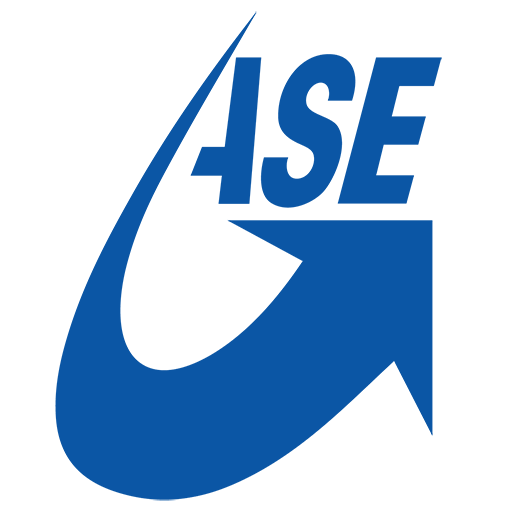How Simulators Are Made
Building a simulator requires a multi-step process to ensure that you get the training solution for your flight training needs. Many of our customers ask what is involved in the full process from start to finish. Below is an overview of the path to complete and deliver your device on schedule.
This consists of an assessment of your flight training needs. We review your training device options; from Advanced Aviation Training Devices (AATD), Touch Panel Trainers (TPT), Cockpit Procedures Trainers (CPT), Flight Training Devices (FTD) and Full Flight Simulators (FFS). We also discuss the specifics of the aircraft you need simulated, as well as, the certification requirements to include the qualification authority (FAA, EASA, etc.) and the level your device will be manufactured to meet (AATD, Level 5, 6, C, D, etc.).
Once both parties agree on the details, ASE begins the research and development needed to design, manufacture, deliver and install your training device. While not always required, depending on the fidelity of the device, ASE’s flight testing program gathers flight data during a series of flight tests with an aircraft that is fully equipped with ASE’s sensors and data acquisition system. Post flight test, we then process the collected data to develop the full aerodynamic flight model.
Utilizing the information ASE gathers during the Preliminary Design Review (PDR) and Critical Resign Review (CDR), we begin modeling all major systems in the aircraft including, but not limited to, engines, fuel, hydraulic, pneumatic, and electrical systems. We process the flight test data to develop a full aerodynamic model. The process of developing the Qualification Test Guide (QTG) also begins. This document and the associated test validate the device performs as expected compared to flight test data, aircraft manuals, subject matter expert pilots, etc.
Using CAD modeling, we generate a 3D model of your final simulator design. These designs allow us to refine the physical engineering and instructional design to ensure the quality of the structure.
We work directly with you to validate all changes to create the perfect simulation that fits your training needs. This is the last stop on the planning phase before we begin the process of bring your device to life.
This is where all of the preparation takes shape. We begin assembling the infrastructure, brain power, motion system and other intricate systems that help perform the required functions for aircraft simulation.
We now validate the accuracy and feel of your simulation solution compared to the actual aircraft. In the final stages of this process, we train a selected group of your personnel to take them through our training protocol for the benefit of operating and maintaining your training device.
Once your device is all ready for its final destination, we wrap it in weather-proof packaging and crate up all of your components. It gets loaded on a flatbed trailer and sent to your facility where we come to you and begin installing your new training tool.
Now that you are fully operational, we support your device with a multitude of levels of support. Our standard warranty covers a base timeframe where you can scale up your coverage depending on your own abilities to care for your simulator.
